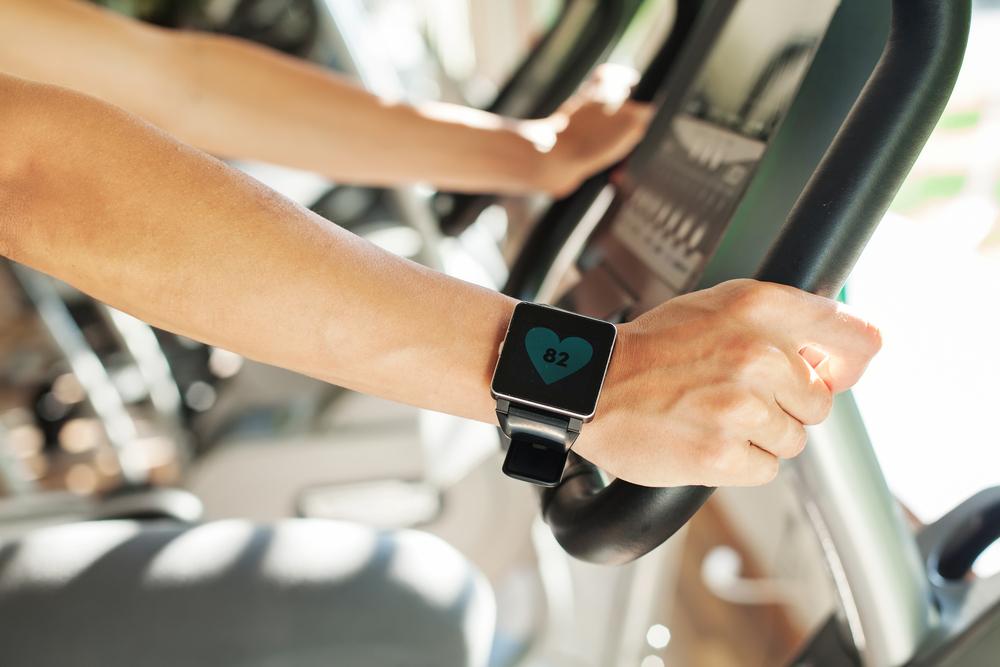10 Safe Exercises for Heart Patients
Why does a heart patient need to be careful while exercising?
When you exercise, the stress falls on the heart to pump blood faster. You can feel this by placing your palm on your chest over mid-sternum to notice the rate at which your heart is beating. While exercising, this goes up. For an ordinary person who is fit and healthy, he can afford this rise in heart rate, as the heart will quickly adapt to the increasing demand for blood supply. But when you are suffering from heart disease, this adaptation capacity is impaired, leading to increased chances of a recurrent heart attack.

What is the solution?
As with any other problem, this too has a solution. You can start your physical exercise by doing straightforward and easy exercises, and slowly upgrade your workouts. This way you are training your heart to adapt to the varied supply of blood. Here is how you can start:
Start with walking
Walking is the simplest and easiest form of exercise you can begin with. Start your walking schedule a few weeks after recuperation. You can walk a minimum of fifteen minutes in the first few days at a medium pace.
Swimming
Swimming is a total body non-impact activity that involves the entire body. It is also easy on your body. At least 30 minutes each day for three days a week will be a good option, to begin with. It will also help you relieve stress.
Jogging
Slow jogging is a good option especially when it is on open ground or park. But jogging on a pavement for a long time is not advisable, as it will lead to exertion.
Yoga
One of the best exercises for heart patients, yoga can be practiced anywhere and is easy to perform. Enrol yourself in a yoga studio or ask your trainer for specific exercises that would help you inch closer to your fitness goals.
Cycling
Another form of whole-body workout, cycling is an excellent sport to boost your heart function. As with other exercises, you have to start slow and gradually increase the duration and difficulty. At least 30 minutes a day twice a week will be ideal for a good cycling session.
Interval training
For the uninitiated, interval training involves cardio exercises in short bursts alternating with the regular workouts. This is one of the best exercises to lose weight, stay in shape, fight obesity and ward off lifestyle-related cardiovascular diseases. Nothing burns calories like a good interval workout.
Weight training
Here is the most debated form of training for heart patients. How much weight is heavy and what not to do when it comes to weight training? First of all, you must consult your physician to check how much exertion you can handle. Secondly, you must discuss with your trainer on what type of exercises would suit you. Then hit the gym. Start with simple low weight barbell and dumbbell exercises to get adapted to the weight. Then gradually increase your intensity of the workout. Never exert yourself much, or exercise to failure. If properly performed under the guidance of a trainer, weight training is probably better than any other form of exercise. You can also gain an excellent physique in the long run.
Core workouts
The most ignored exercise is core workouts. Since there is no proper working definition of what constitutes a core, these workouts are never included as a part of a regular exercise routine. You can start with simple planks for 20 seconds, and increase up to one minute. Do Pilates. This will help you improve your stability and flexibility to do other exercises as well.
Do most of your work by yourself
Though it seems a bit silly to include as a part of your workout, this suggestion is very effective. Keep yourself active and moving all day long, through day-to-day activities like buying groceries, climbing stairs, etc.
Combination of the above exercises
Finally, try a different combination of the activities mentioned above to get the best from all of them.
Don’t wait any longer. Grab your shoes and make it happen! Happy exercising!

